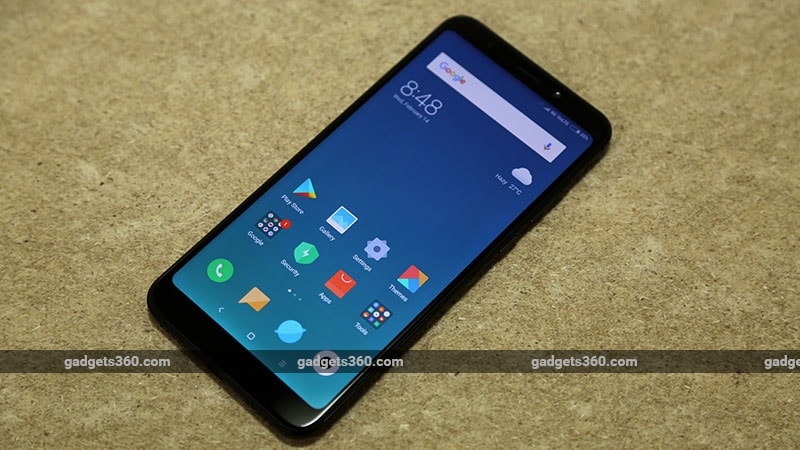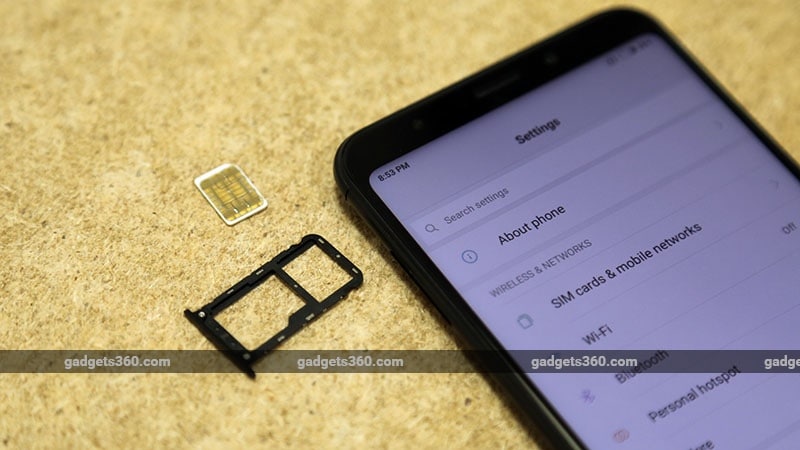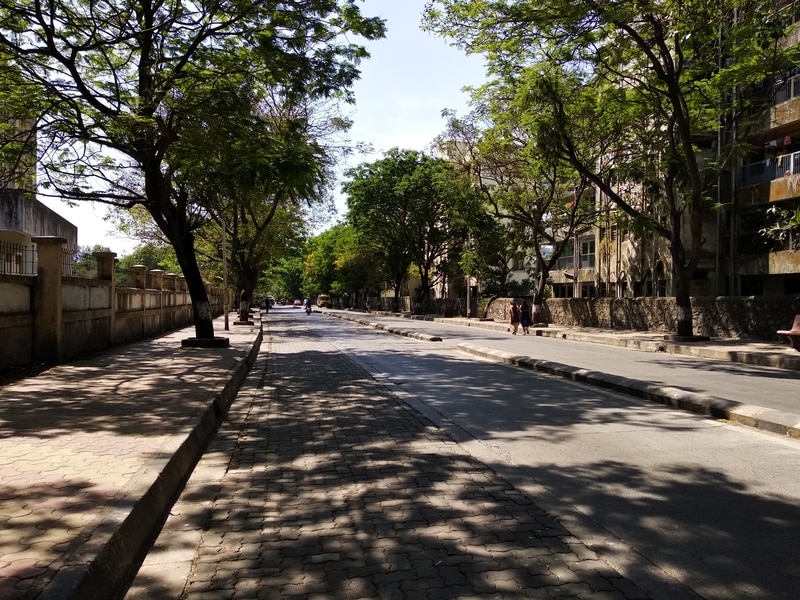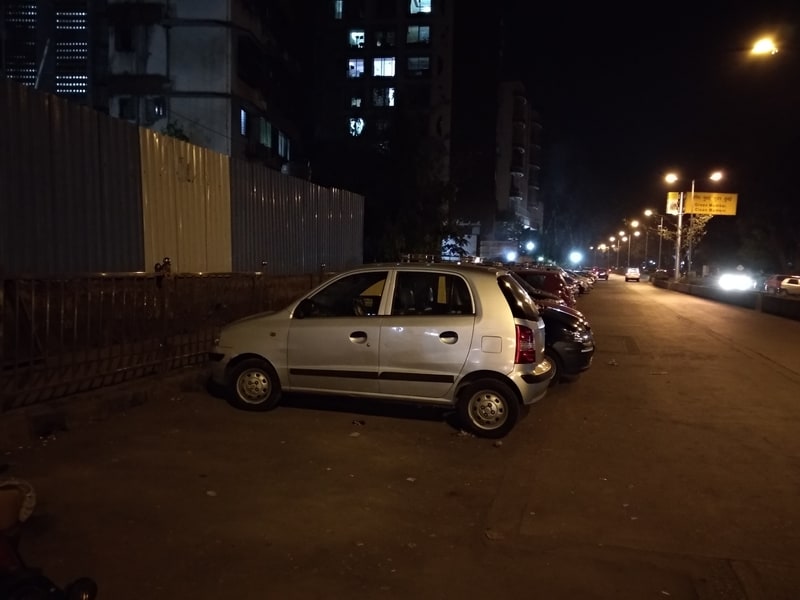Xiaomi redmi note 5 review:
There is no denying that Xiaomi has a tight grip on the budget segment in the Indian smartphone market. The Chinese manufacturer"s Redmi and Redmi Note series have been really popular, so much so that the Redmi Note 4(Review) recently became India"s best selling smartphone. It also helped Xiaomi become the number one smartphone seller in India, beating Samsungand other rivals.
Bạn đang xem: Xiaomi redmi note 5 review:
Now, almost a year after the launch of the Redmi Note 4, Xiaomi has come up with a new model to replace it. The Redmi 5 Plus, first launched in China, has been rebranded as the Redmi Note 5 in India, and has been positioned as the successor to the Redmi Note 4. This new smartphone has some big shoes to fill, but is it equipped to take the brand"s legacy forward? We put it to the test.
Xiaomi Redmi Note 5 design
The Redmi Note 5 is the first smartphone in the Redmi series to sport a tall 18:9 display. In fact, that’s the first thing to grab your attention when you pick this phone up. The 5.99-inch display occupies most of the front on the phone and has rounded corners like the Google Pixel 2 XL(Review). It sports a full-HD+ resolution putting out 403 pixels per inch. It has a layer of 2.5D Gorilla Glass 3 for protection. The tall display format means that there are thin borders on the sides but slightly bigger ones at the top and the bottom. There"s a recessed metallic earpiece grille and selfie camera with a diffused LED flash above it, while the lower border is blank.
The phone has a metal body with plastic caps at the top and the bottom of the rear for the antennas. The new screen aspect ratio makes the phone relatively narrow and tall. It weighs 180g, but the curved sides makes the phone easy to hold and use in one hand. Xiaomi has positioned the power and volume buttons on the right while the hybrid dual-SIM tray is on the left. We found that the power button is conveniently placed while the volume buttons require a stretch to reach. The phone has a Micro-USB port at the bottom with grilles on either side, though onlyonly one is a speaker while the other is just for show. The phone also has an IR emitter on the top, which can come in handy to control IR appliances like TVs.

At the back, Xiaomi has used the same design as the Redmi Note 4 and positioned the rear camera, dual-tone LED flash and the fingerprint scanner down the centre. The phone appears to be slimmer than the Redmi Note 4 but the camera module protrudes slightly causing it to rock when placed on a flat surface.
Xiaomi will sell the Redmi Note 5 in four colours, namelyGold, Black, Rose Gold, and Blue. We had a Black review unit which looks quite good and doesn"t pick up too many fingerprints. The Redmi Note 5 ships with a 10W charger and USB cable in the box along with a TPU case.
Xiaomi Redmi Note 5 specifications and software
People who compare the specifications of the Redmi Note 4 and the Redmi Note 5 will say that not much has changed, because the new model is powered by the same Qualcomm Snapdragon 625 processor. Xiaomi told Gadgets 360 that it is still powerful enough for this segment, and has good thermal management. The Snapdragon 625 has eight Cortex-A53 cores clocked at 2.0GHz and an Adreno 506 GPU for graphics. The Redmi Note 4was available with 2GB of RAM and 16GB of storage at Rs. 9,999, but now with the Redmi Note 5, you get 3GB of RAM and 32GB of storage at the same price. There"s also a variant with4GB of RAM and 64GB of storage, priced aggressively at Rs 11,999.
The Redmi Note 5 sports a 12-megapixel primary camera with 1.25-micron pixels along with an f/2.2 aperture and PDAF. On paper, it has a lower resolution when compared to the 13-megapixel camera on the Note 4, butXiaomi says that the camera has larger pixels which helps it take better shots. The phone has a hybrid dual-SIM tray that accepts two Nano-SIMs or one SIM along with a microSD card of up to 128GB. It has support for Bluetooth 4.2, Dual-band Wi-Fi, GPS, USB-OTG, and FM Radio.

Xiaomi has gone with a 4000mAh battery with the Redmi Note 5, which is slightly smaller than the 4100mAh battery of its predecessor. The battery is non-removable and Xiaomi ships a standard 5V, 2A charger in the box even though the phone supportsQualcomm Quick Charge. We did manage to charge the phone quickly using a certified third-party charger.
In terms of software, the Xiaomi Redmi Note 5 runs on Android 7.1.2 Nougat with MIUI 9 on top. Xiaomi’s skin is different to stock Android, and while MIUI users will be at home, new users will need some time getting used to it. The Settings menus are rearranged and we found ourselves using the search function quite often. MIUI supports for Dual Apps and Second Space which help you keep your private data safe. You also get gestures which can be used to quickly take screenshots and launch apps.
Xem thêm: Ống Kính Macro, Chụp Ảnh Macro Là Gì ? Những Lưu Ý Khi Chụp Macro Sản Phẩm
You also get a fair number of preinstalled apps including severalGoogle and Microsoft ones, and Xiaomi’s own Mi Community, Mi Store, Mi Remote, Mi File manager, and Mi Video. Amazon, Hungama, and WPS Office apps are also preinstalled.Google apps and a few Mi apps couldn"t be uninstalled whereas the others can be uninstalled to free up space.
Xiaomi Redmi Note 5 performance, cameras, and battery life
The Redmi Note 4 was a good all-rounder and there are very few phones that can match it at its price. Xiaomi has kept the formula untouched and the Note 5 gets the same powerful hardware as its predecessors. We did not face any lags or stutters in the UI, and while basic apps load super quickly, big apps aren"t all that slow either. Our review unit was the variant with 4GB of RAM, and it was sufficient for multitasking without apps getting killed in the background. While running benchmarks we saw that performance was similar to what the Note 4 offered. The Redmi Note 5 managed to score 871 and 4333 in Geekbench 4"s single-core and multi-core tests respectively. In AnTuTu, the phone managed to clock 77,682, andthe graphics score in GFXBench was 18fps.
We can also say that the Redmi Note 5 doubles up as a good media player. It managed to play all the audio and video formats we threw at it. The display has good viewing angles and its colour output can be tweaked to suit your liking. It gets bright enough to be viewable under direct sunlight. We found that the speaker was loud enough to make content engaging. However, you will have to be careful not to muffle the speaker grille with your palms.

The Redmi Note 5 managed to outlast the Redmi Note 4 in our battery tests despite having a lower capacity battery and a biggerscreen. It managed to clock 16 hours and 8 minutes in our HD video loop test compared to 15 hours and 10 minutes of the previous model. The new phone is very frugal with power, and managed to last one full day with light to medium use. It handles standby really well and we found that it did not lose much power when idle. While we would have liked a quick charger in the box, we would still spend extra on one for sheer convenience.
The Redmi Note 5 has an upgraded camera sensor but the software remains roughly the same as before. When you launch the camera app, it is set to auto mode by default, and you can choose between Manual, Beauty, and Panorama modes as well as different scene modes. The Manual mode is somewhat restricted and only gives you control over the White Balance and ISO. There is a quick toggle for HDR and that’s about it.




Photos taken with the Redmi Note 5 during the day as well as under low light turned out well. Landscapes taken in daylight had good amounts of detail and the phone managed to get the exposure right most of the time. The phone is quick to focus which is helpful when shooting macros. We found that macros turned out better than we had expected, with a good amount of detail. Photos taken with HDR enabled had more detail in darker areas, but brighter spots could appearburnt out. We also saw that reds were a little too saturated with HDR enabled.
In low light, the camera automatically switches to night mode. Landscape shots had low noise and very fine grain, which was only visible when zooming in to full size. The Redmi Note 5 managed to capture details fairly well,and even text at a distance was still legible. Macro shots needed a steady hand but the output was pretty good as well.
The Redmi Note 5 has a diffused selfie flash which is handy in low light. The app has a beauty mode which can be set to alter shots automatically, or you can also manually set the level of beautification. Selfies are a little grainy but usable for social media. Video recording maxes out at 4K for the rear camera and 1080p for the front one. We found that the output was a little warm at 4K, while 1080p footage was good enough. There is no stabilisation,but that is not a problem for a phone at this price.
VerdictXiaomi has been quite innovative with its Redmi Note series. The Redmi Note 3(Review) showed us how powerful a phone could while still remaining affordable, and the Redmi Note 4(Review) impressed us for being power efficient as well. Xiaomi seems to have played it safe with the Redmi Note 5, and it feels like a Redmi Note 4 with a better screen and lower price to keep up with the times, which is not a bad thing at all. It takes a solid foundation and improves on it, giving Xiaomi another good all-rounder. With a starting price of Rs 9,999, the Redmi Note 5 offers tremendous value for money. Those with a higher budget who want a little more in terms of features and power can take a look at the Redmi Note 5 Pro.
We spoke about the Xiaomi Redmi Note 5, Redmi Note 5 Pro, and the Mi TV 4 on Orbital, our weekly technology podcast, which you can subscribe to via Apple Podcasts or RSS, download the episode, or just hit the play button below.











